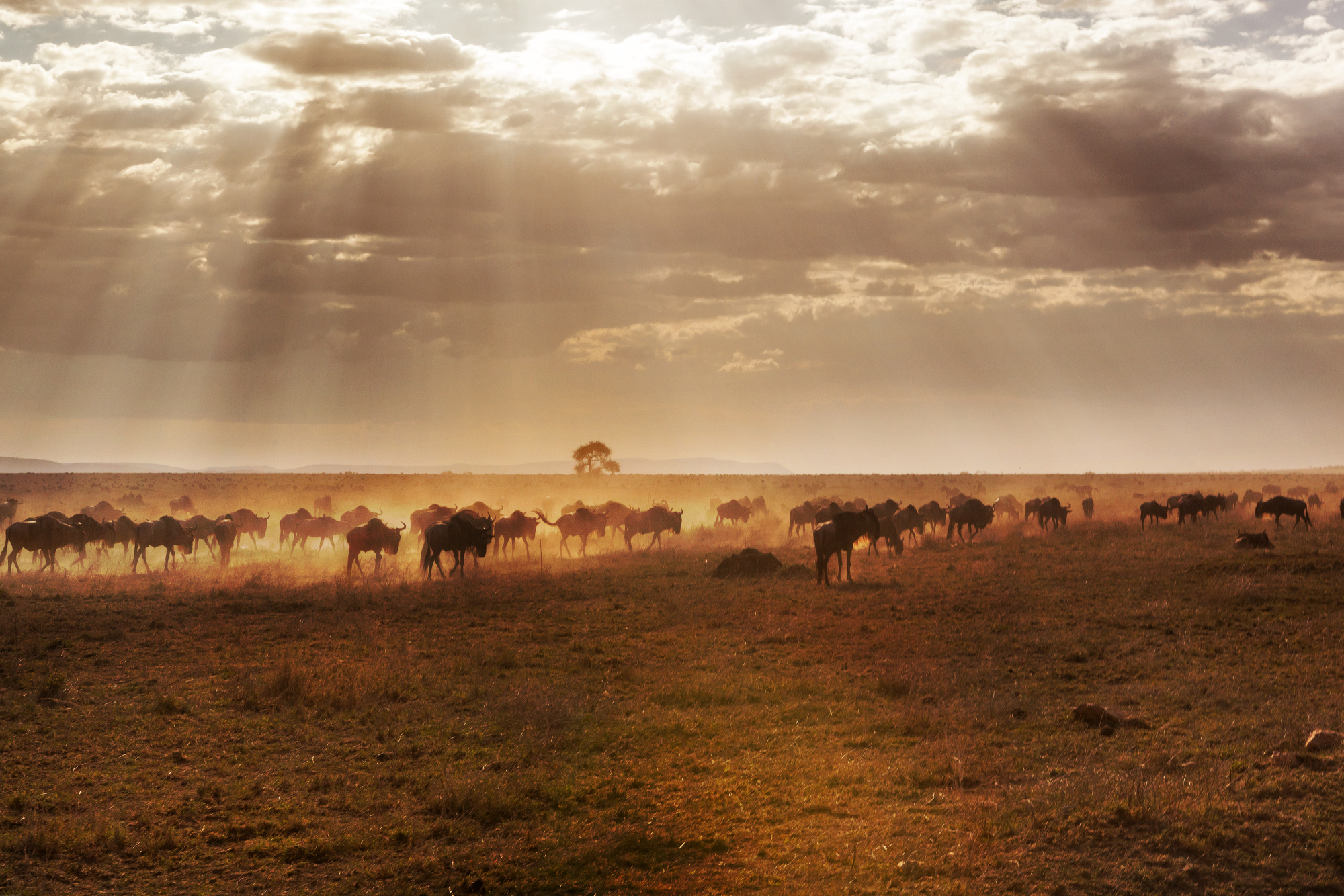Nestled within South Africa’s Greater Kruger landscape, the Timbavati Private Nature Reserve (TPNR) stands as a beacon of conservation and sustainable management. Established in 1956 by a group of landowners who recognized the ecological importance of the area, the reserve has since evolved into a vital component of the Greater Limpopo Transfrontier Conservation Area. This collaborative conservation initiative spans across national borders, emphasizing the importance of preserving natural habitats and biodiversity in a holistic and interconnected manner. TPNR’s commitment to sustainability and innovative management practices have allowed it to adapt to modern challenges and maintain its crucial role in protecting South Africa’s wildlife and ecosystems.
Funding Conservation Without Government Aid
Unlike many protected areas that rely heavily on government funding, TPNR operates independently without any financial support from the state. This self-sufficiency is a testament to the reserve’s innovative approach to conservation funding and its commitment to long-term sustainability. All operational costs, including those associated with anti-poaching efforts, staff salaries, ecological monitoring, research initiatives, and infrastructure maintenance, are covered by the reserve’s own revenue streams.
A significant portion of the budget, approximately 63%, is allocated to security and anti-poaching measures. This reflects a 900% increase in related expenses over six years, highlighting the escalating threats faced by wildlife in the region and the reserve’s unwavering dedication to protecting its inhabitants. TPNR employs a dedicated team of anti-poaching rangers who work tirelessly to combat poaching activities and ensure the safety of the reserve’s diverse wildlife populations.
Sustainable Utilization: Tourism and Hunting
TPNR employs a dual approach to generate the revenue required to cover its operational costs and fund its conservation efforts: photographic tourism and regulated hunting. Photographic tourism allows visitors to experience the reserve’s stunning landscapes and observe its wildlife in their natural habitat, contributing to conservation through entrance fees and other tourism-related levies. Regulated hunting, on the other hand, involves carefully managed hunting activities that generate significant revenue while also contributing to wildlife management and population control.
In 2016, an analysis revealed that while 24,000 photographic tourists contributed to conservation levies, the income generated was less than a third of that generated by just 46 hunters. This discrepancy highlighted the need for a more balanced approach to revenue generation. To address this imbalance, the reserve increased conservation fees for photographic tourists, enhancing revenue without expanding visitor numbers. This strategy allowed TPNR to maintain a low ecological footprint while ensuring a sustainable source of funding for its conservation programs.
The reserve’s hunting practices are meticulously regulated to ensure ecological sustainability and ethical standards. Hunting quotas are carefully determined based on scientific research and population assessments, and only a limited number of animals are allowed to be hunted each year. Additionally, revenues from select hunts are directed toward community development initiatives, fostering a sense of shared responsibility for conservation among neighboring communities.
Community Engagement and Education
TPNR recognizes that successful conservation requires the support and involvement of local communities. Through the Timbavati Foundation, the reserve invests in a range of community development and education programs aimed at fostering a sense of ownership and responsibility for the environment among neighboring residents. These programs include borehole installations to provide access to clean water, vegetable gardens to promote food security, and environmental education initiatives to raise awareness about the importance of conservation.
The Graeme Naylor Museum, a key component of TPNR’s community engagement strategy, educates approximately 40,000 students annually from 64 local schools. The museum provides a platform for learning about the reserve’s biodiversity, the importance of ecological balance, and the role that communities can play in conservation efforts.
Collaborative Governance and Future Outlook
TPNR actively participates in broader conservation efforts and collaborates with other stakeholders in the region to promote sustainable land management practices. The reserve adheres to revised hunting protocols and contributes to the development of a Responsible Tourism Best Practice Toolkit for the Greater Kruger area. These initiatives aim to standardize sustainable practices and ensure that tourism and hunting activities are conducted in a manner that minimizes environmental impact and maximizes benefits for local communities.
Looking ahead, TPNR is poised to sign the Greater Kruger/GLTFCA Cooperative Agreement, further reinforcing its commitment to integrated and transparent governance. By balancing ecological integrity with sustainable funding and community involvement, the reserve exemplifies a holistic approach to conservation that can serve as a model for other protected areas in Africa and beyond.

